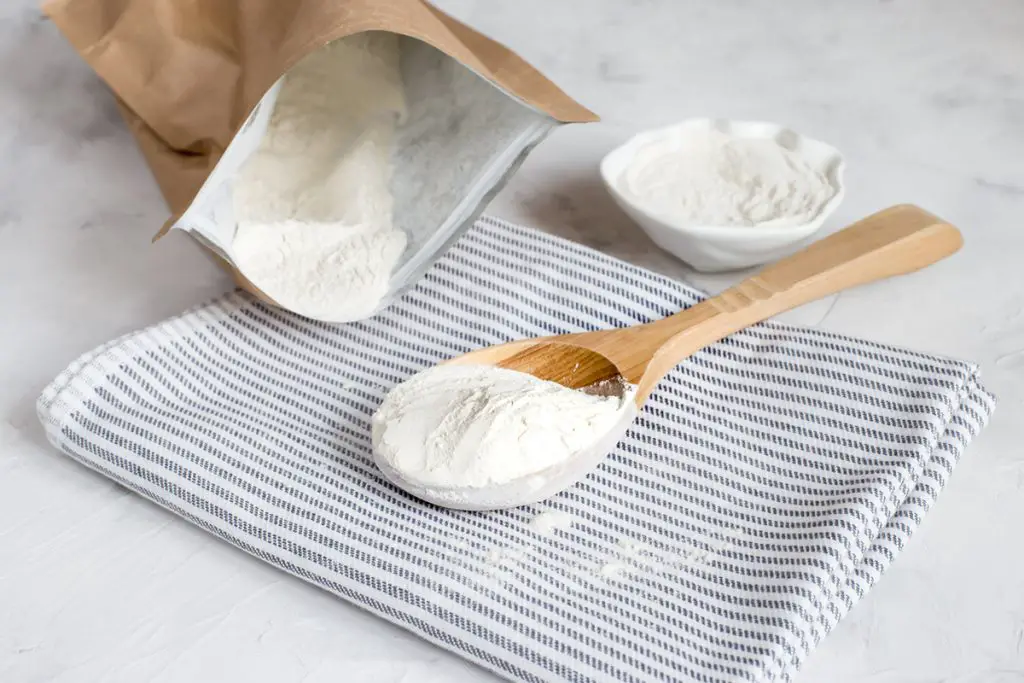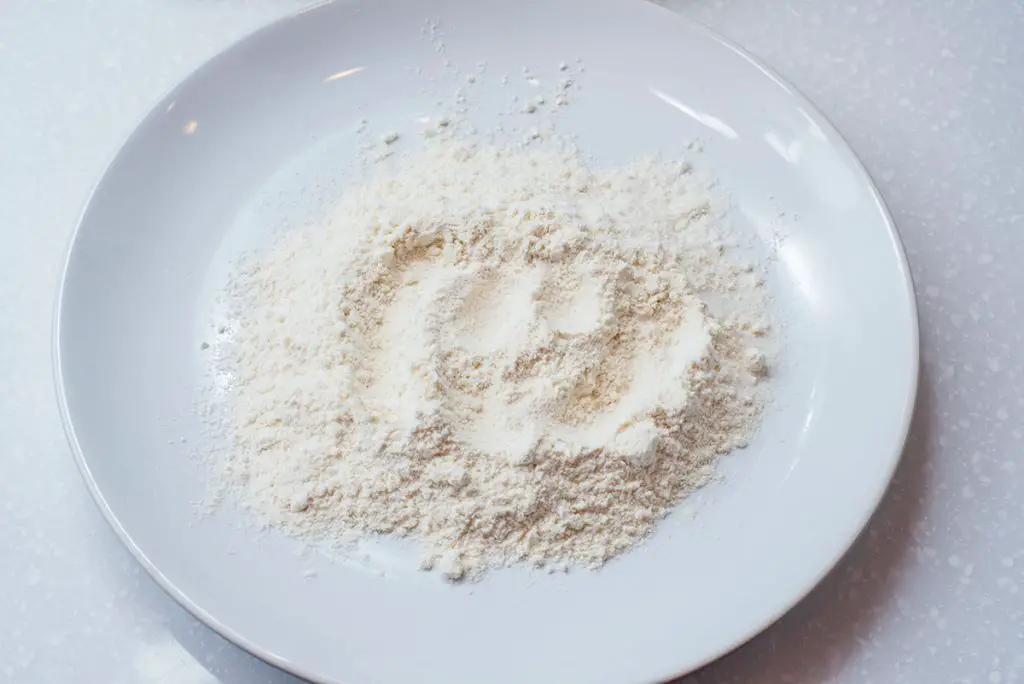Can You Freeze Xanthan Gum? (Explained)
Xanthan gum is a thickening and stabilizing agent found in medicines, personal care items, and industrial products. It can also be used in cooking and baking. These days, Xanthan gum has become a common kitchen item found in many households, but many wonder if you can freeze Xanthan gum for long-term storage?
You can freeze xanthan gum to help preserve it and prolong its shelf life, however, it isn’t recommended. Freezing xanthan gum affects its physical properties, causing it to become clumpy and sticky, and lowers its overall effectiveness. Ideally, xanthan gum should be stored at room temperature.
It’s crucial to store xanthan gum properly to preserve its usefulness. In this article, I’ll discuss ways to store this powdery product, including the correct way to keep it in the freezer if desired. I’ll also touch on how to incorporate xanthan gum in your recipes and if it’s okay to freeze food prepared with xanthan gum.
Why Freezing Xanthan Gum Isn’t Recommend
Xanthan gum is best stored at room temperature, in a cool and dry area, and away from direct sunlight. While it’s possible to freeze for long term storage, it’s not recommended due to how this thickening agent reacts to cold temperatures.

Freezing Xanthan Gum Affects Its Physical Properties
Xanthan gum will absorb water and moisture once you place it inside your refrigerator or freezer. The fine particles will cluster together and form lumps as they cool down. Clumpy, sticky xanthan gum, when brought back to room temperature, won’t always go back to its original powdery state.
Freezing Xanthan Gum Changes Its Effectiveness
Xanthan gum works by keeping various ingredients from separating. It provides uniformity and an even texture. It can also keep solid particles in suspension. You can use xanthan gum for making sauces, salad dressings, and even ice cream. It can help you achieve the desired smoothness and tackiness for your dough when baking.
When you freeze xanthan gum, it’ll become clumpy and sticky. You may have a more challenging time incorporating it into your recipe. You must mix xanthan gum adequately with other ingredients in a recipe to attain the desired effect. Otherwise, you may end up ruining the recipe altogether.
How To Store Xanthan Gum in the Freezer
Keeping xanthan gum in the freezer will help further prolong its shelf life. If you don’t use xanthan gum often, this option is best for long-term storage.
Here’s how to store xanthan gum in the freezer:
- Transfer the powder into a resealable bag or an air-tight jar.
- Take note of the ‘expiration date’ or ‘best before date’ on the original packaging, and write these details onto its new bag or jar.
- Place it in your freezer.
If you bought a big pack, consider storing half of it at room temperature and the other half in the freezer.
Using Xanthan Gum Stored in the Freezer
If you’re using xanthan gum that has been stored in the freezer, give it time to get back to room temperature before using it. Once thawed, check to see if it’s clumpy. If not, it’s good to go.
If it is clumpy, try dispersing it in sugar, salt, starch, or vegetable oil and mixing until the xanthan gum is well distributed. You can then use it the same as if it had been stored at room temperature.
How To Store Xanthan Gum at Room Temperature
As mentioned, storing xanthan gum at room temperature is the most ideal choice. If you’ve already opened the packaging, simply transfer the contents into a resealable plastic bag or an air-tight jar to store. Be sure to take note of the ‘expiration date’ or ‘best before date’ in its packaging, and transfer this information onto the new container.

Here are a few tips to keep in mind when storing xanthan gum at room temperature:
- Store in a cool and dry space.
- Avoid exposing it to direct sunlight – a kitchen shelf or cupboard would be ideal.
- An unopened package can be as-is.
- Xanthan gum typically has a 3-year shelf life from its production date.
Using Xanthan Gum Stored at Room Temperature
Xanthan gum is ready to use when it’s stored at room temperature. Use roughly 1⁄8 teaspoon of xanthan gum per cup of liquid. Keep in mind that it reacts, or “gums,” as soon as it comes in contact with any moisture.
It’s recommended that you add it into the liquid very slowly. The mixture must be continuously stirred to avoid clumping, preferably with a blender. Mix while you’re slowly pouring it in and continue mixing until you achieve your desired consistency.
Is It Okay To Use Clumpy Xanthan Gum?
It isn’t okay to use clumpy xanthan gum because it won’t be able to stabilize, thicken, or provide an even texture to your recipe. In general, the lumpiness affects how the other recipe ingredients react when incorporated. Xanthan gum must be in its original powder form to be effective.
How To Use Clumpy Xanthan Gum
To help avoid xanthan gum clumping, try these helpful tips:
- Disperse xanthan gum using another powder before incorporating it into your recipe.
- Mix xanthan gum with sugar, salt, or starch in a separate bowl before slowly pouring it into your liquid.
- Mix xanthan gum with a minimal amount of vegetable oil in a separate bowl before using in your recipe.
Will Freezing Food Made With Xanthan Gum Make It Turn Clumpy?
Properly freezing food made with xanthan gum won’t make it turn clumpy. Xanthan gum is freeze-thaw resistant, and any food with xanthan gum as an ingredient can better withstand the destructive effects of repeated temperature cycling.
Unfortunately, it’s nearly impossible to keep frozen food at a constant temperature. Temperature cycling happens when there are dips and rises in your freezer’s temperature. This is a regular occurrence when someone opens and closes the fridge door. Water crystallizes, then melts, then refreezes, and so on when there are fluctuations in temperature.
Conclusion
It’s safe to freeze xanthan gum. The key is to keep it in a resealable and air-tight container. When you choose to freeze xanthan gum, you must be willing to spend a little extra time waiting for it to return to room temperature before you can use it.


